Ranger Heritage
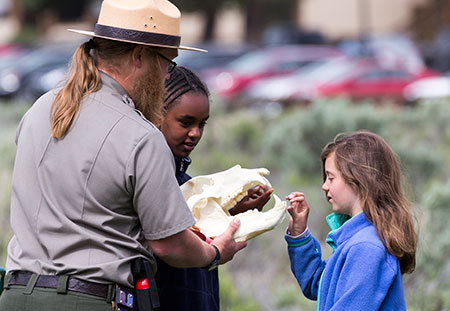
Yellowstone Forever supports projects that promote the effectiveness, safety, and efficiency of rangers, and preserves the tradition of rangers in Yellowstone.
Ranger Heritage PROJECTS
Annual Stock Animal Purchase Program
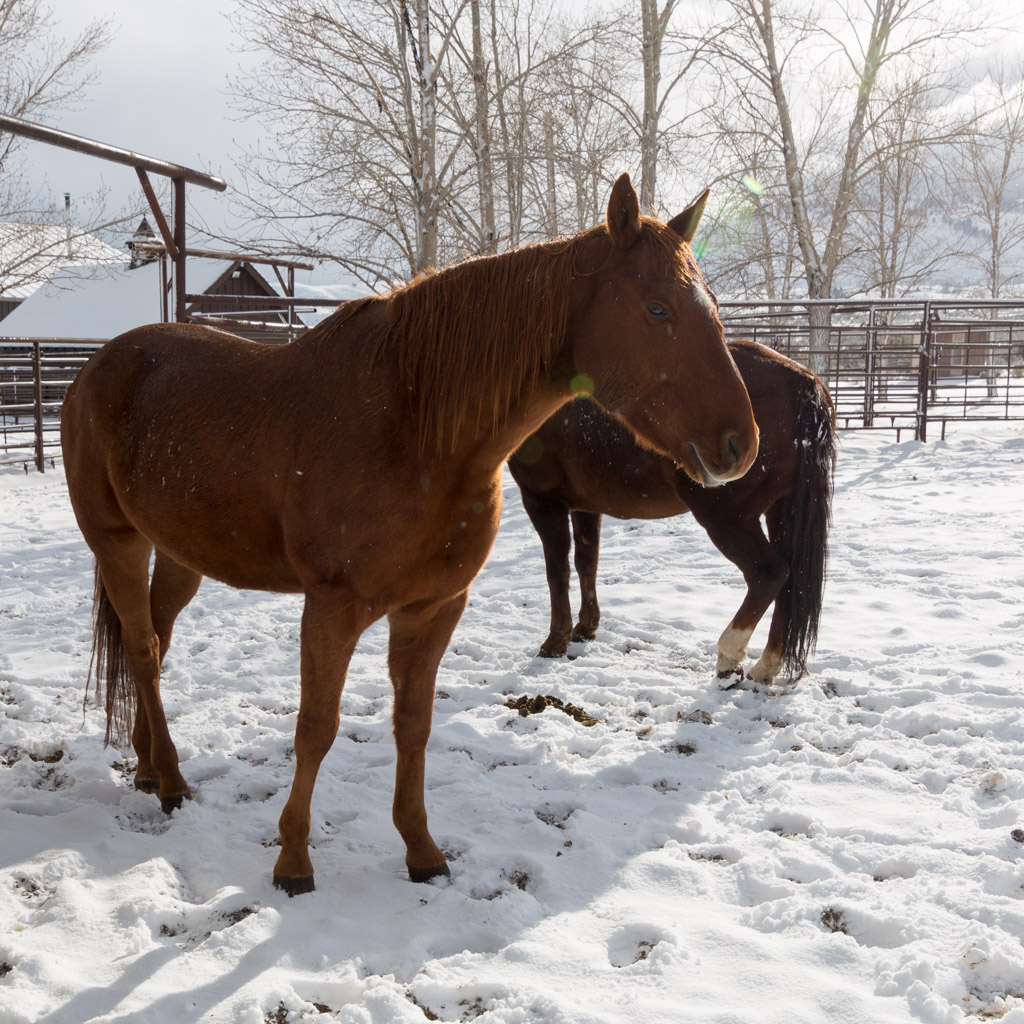 Photo Credit: Matt Ludin
Photo Credit: Matt LudinThe use of horses and mules for transportation of people, equipment, and supplies in the backcountry is critical for Yellowstone operations, from ranger patrols and trail work to research studies. These horses and mules eventually reach an end of their careers, which require them to be sold into retirement, and new animals must be purchased to fill their places. The purpose of this project is to purchase new animals for the stock-use program and to reduce the average “working life” of stock to 14 years to minimize stock injuries. The current optimal herd size required to facilitate the needs of the park is approximately 100 animals. Achieving this goal would require purchasing approximately seven animals per year.
Stephens Creek Fence, Phase III
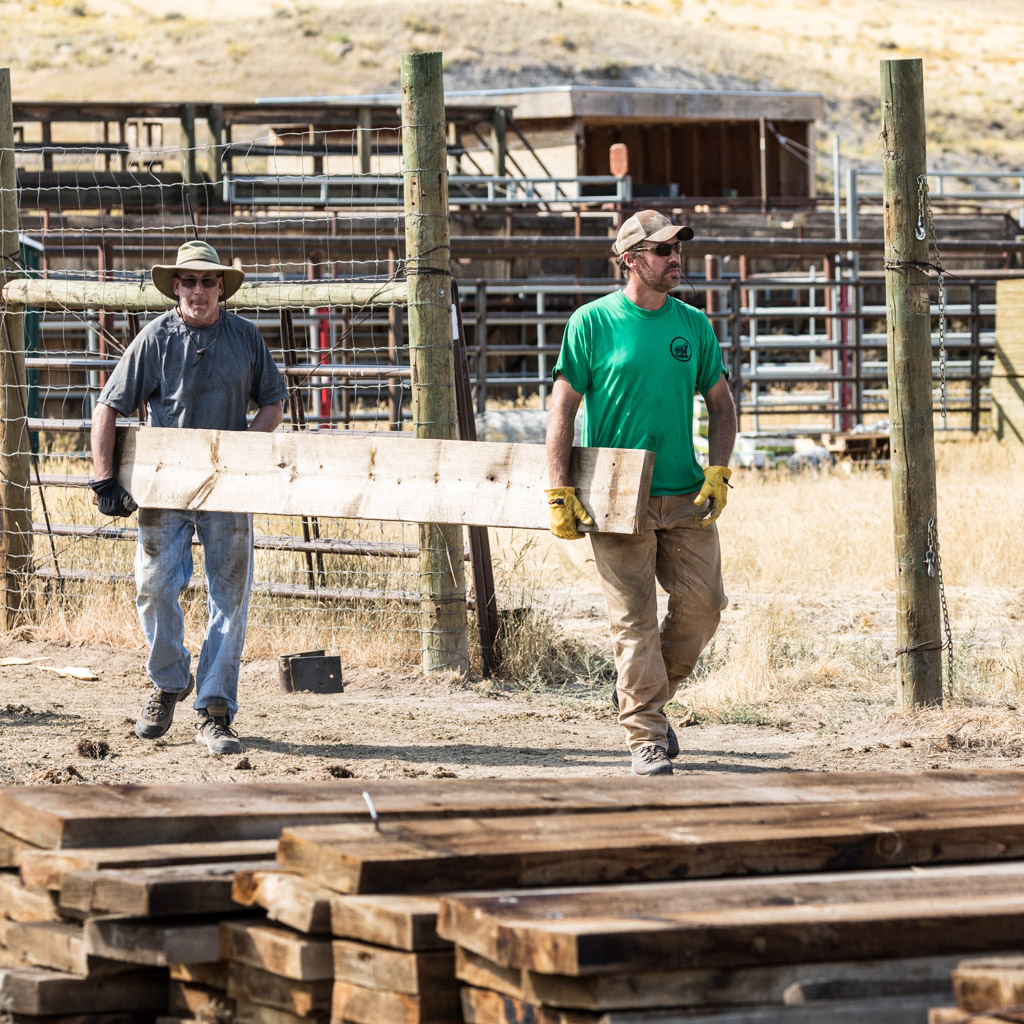 Photo Credit: Matt Ludin
Photo Credit: Matt LudinThe Stephens Creek fence is located at the Yellowstone bison sorting facility near the north entrance of the park. The purpose of this project is to continue the fence-building work performed in 2016 and 2017 by volunteers from Arch Ventures and Warfighter Outfitters. This third phase of a four-phase project will involve replacing fence segments that are in poor condition. Phase III will also include building new walkways above the pens to allow park personnel to work safely above the animals, eliminating the need to be down in the pens and exposing themselves to possible injury. Once complete, the facility will create less stress and provide the safest environment possible for the animals.
Rehabilitate the Stephens Creek Bison Sorting Facility
 Photo Credit: NPS/Jacob W. Frank
Photo Credit: NPS/Jacob W. FrankThe Stephens Creek bison sorting facility is necessary for Yellowstone to meet the requirements of the court settlement to manage the numbers of bison that migrate outside the park. Initiated in the 1990s, the facility enables the capture, testing, sorting, and shipping of bison. Much of the current infrastructure is built on the original foundation, which is rotting away. In 2017, several parts of the facility were damaged due to the rotting foundation. The damage was temporarily fixed, but the entire facility is continuing to deteriorate and the issue will likely worsen. This project to rehabilitate the BSF is critical to the future safety of both humans and animals.
Elk Tongue Cabin Roof Replacement
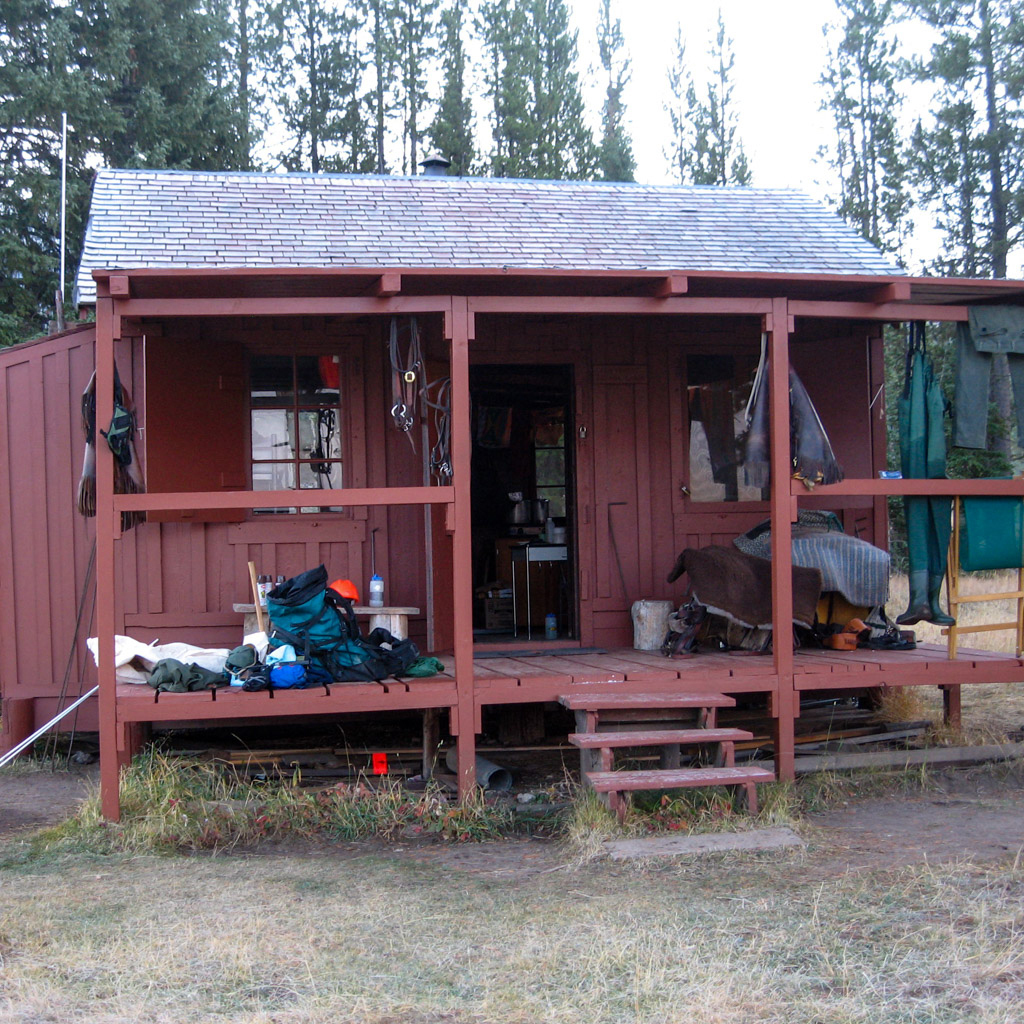 Photo Credit: NPS
Photo Credit: NPSBuilt in 1936, the Elk Tongue Cabin sits along Slough Creek near Yellowstone’s Northeast Entrance. The cabin, which is critical for ranger patrols in that area, requires frequent maintenance on the roof when leaks occur. The roof has three roof materials that have been fastened to the cabin since it was placed in its current location along the Slough Creek drainage in 1974: asphalt rolled roofing, an asphalt shingle roof, and a wood shingle roof. The project will provide for the removal of the old materials which would be then replaced by a steel corrugated roof.
Hellroaring Cabin Roof Replacement
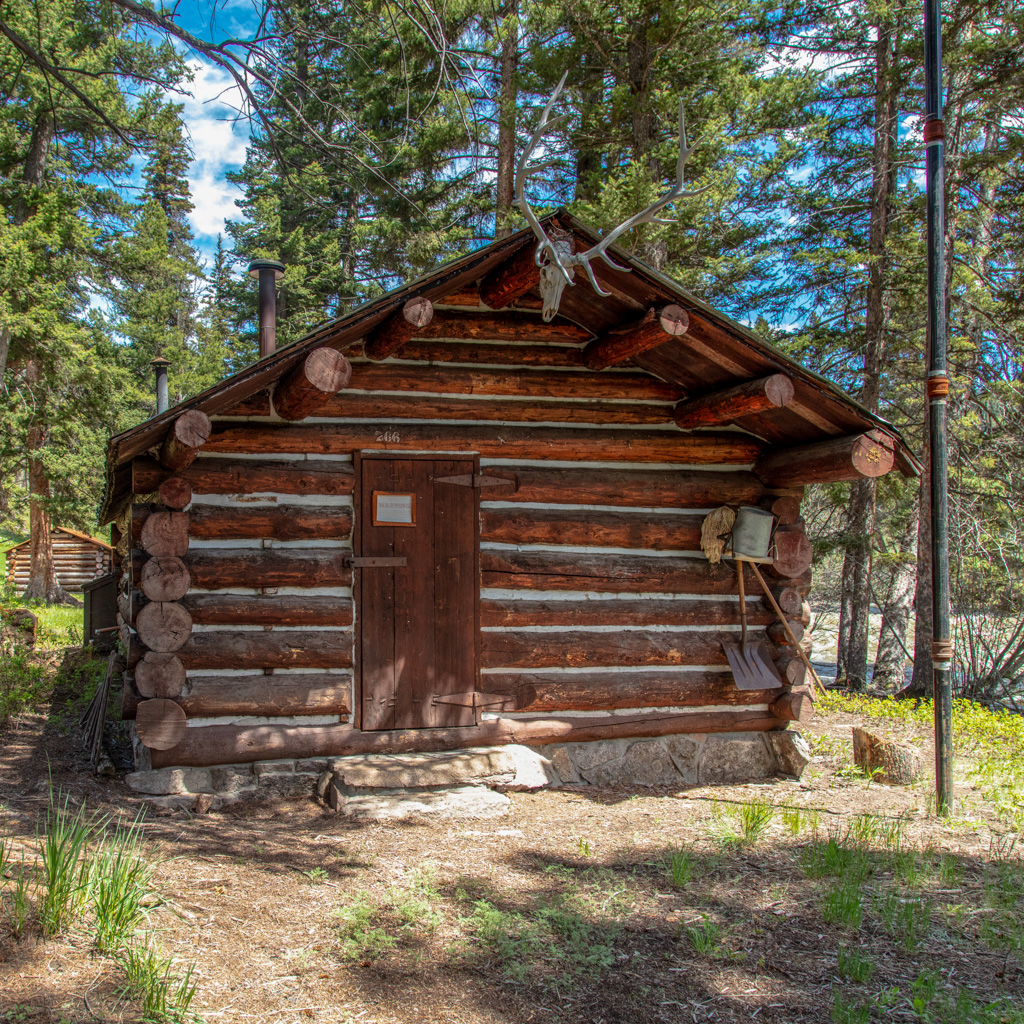 Photo Credit: NPS/Jacob W. Frank
Photo Credit: NPS/Jacob W. FrankYellowstone’s Hellroaring cabin, built in 1920, is located just south of Hellroaring Mountain and the northern border of the park. One of the park’s oldest ranger patrol cabins, it received a new roof following the fires of 1988, but that roof is now overdue to be replaced. The current roofing material is steel fastened with nails onto a wood shingle roof. The nails frequently “pop,” creating gaps in coverage that create leaks. The nails will no longer remain in place following attempts to refasten. This project will provide for the removal of the aforementioned materials, which would be replaced by a full-length, corrugated steel roof and a plywood sub-roof.
NPS Yellowstone Training Academy
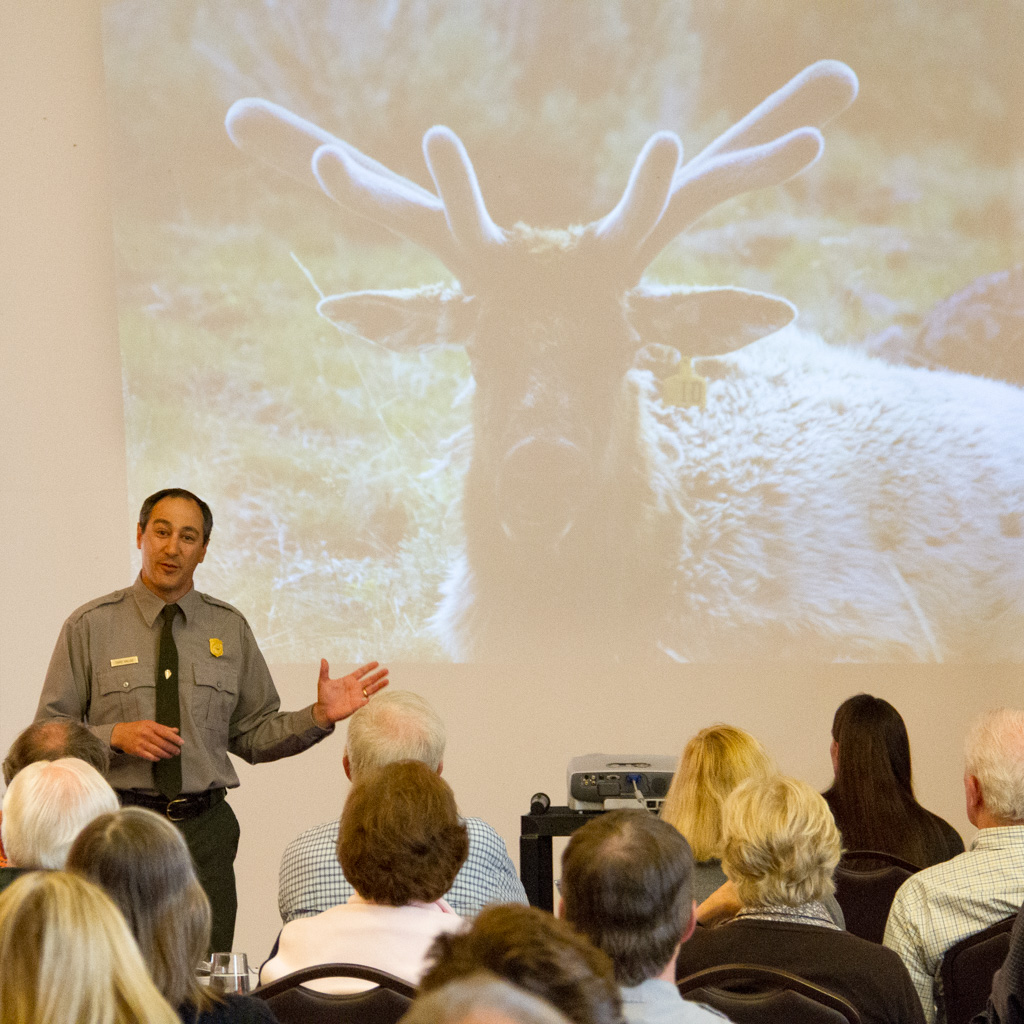 Photo Credit: Matt Ludin
Photo Credit: Matt LudinYellowstone’s Resource Education and Youth Programs (REYP) Training Academy is a comprehensive learning resource that serves the park’s concessions employees, commercial guides and tour operators, nonprofit partners, and a variety of regional organizations. Through classroom instruction, online education, and coaching and mentoring, the Academy enhances the knowledge and skills of participants, ensuring that visitors have safe and inspiring experiences in Yellowstone. The REYP Academy works closely with National Park Service staff in Concessions Management and the Yellowstone Center for Resources in developing a wide range of services and products to achieve its goals, ensuring the ongoing stewardship of Yellowstone National Park through interpretation and education.
